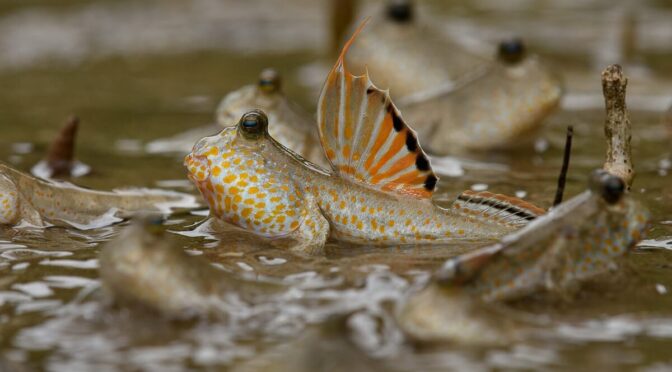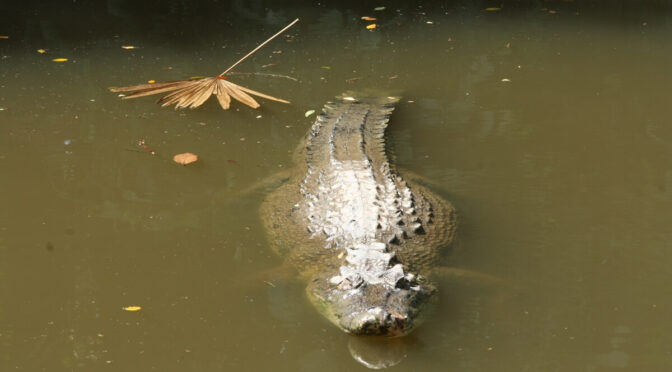Interviewed: Giacomo Sellan, plant scientist (giacomo.sellan@ecofog.gf)
(Photo: Heath forest in Kabili-Sepilok Forest Reserve, Sabah | Pic by Giacomo Sellan)
The Ibans call heath forests “Kerangas”, which means “lands that will not grow rice”. And it is not just rice that could not make it there.
As one treks from the lush lowland forests into heath forests, the trees change. Tall, thick trees give way to stunted ones with gnarled branches and “gracious” leaves, looking similar to bonsai trees, says plant scientist Giacomo Sellan.











